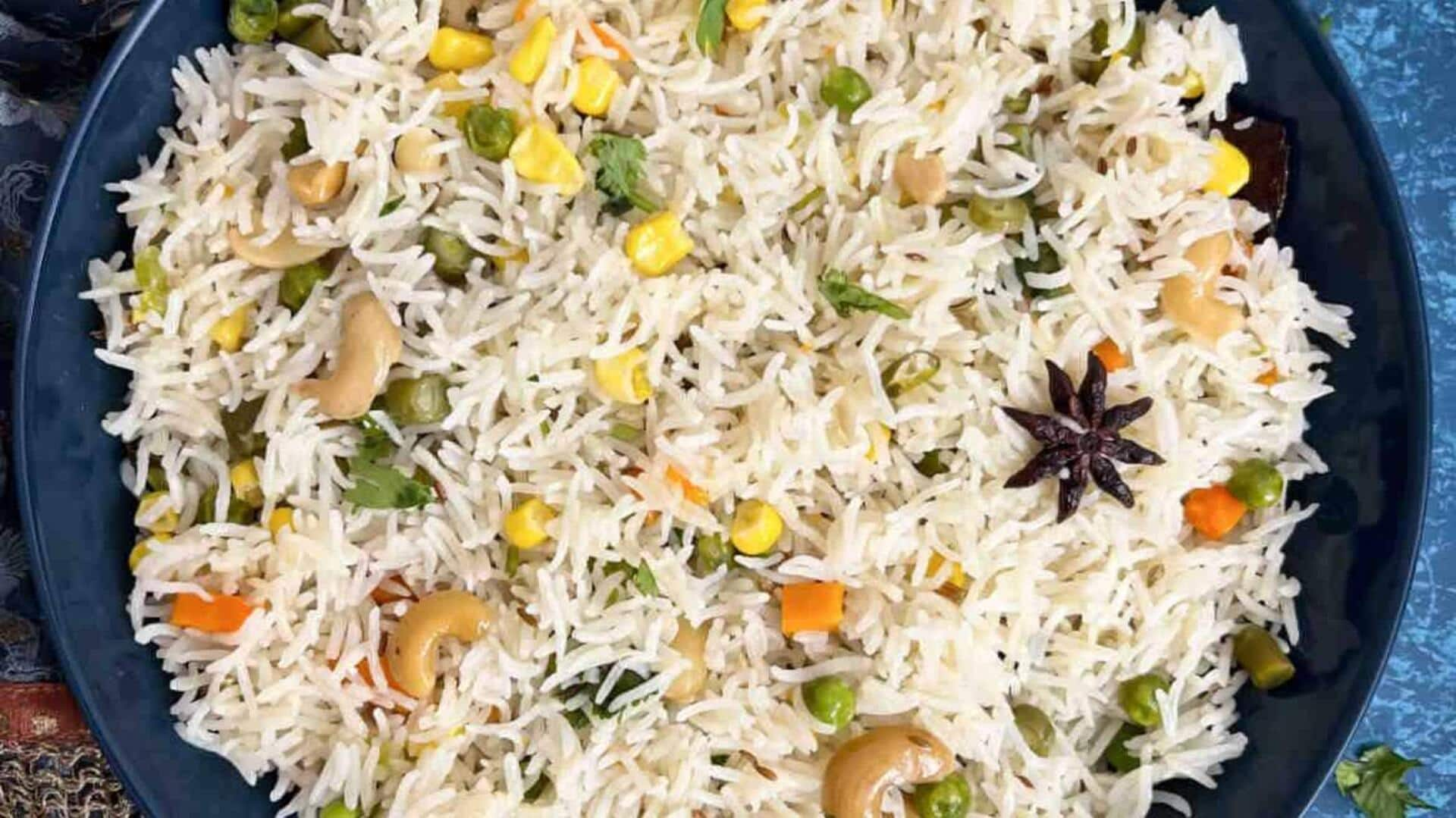
Tracing pulao's journey: History, origin, and variations
What's the story
The fragrant rice dish, pulao, has traversed across cultures, changing with each stop. It all started in ancient Persia when it was called pilaf. The dish traveled through trade routes and conquests, conforming to local ingredients and tastes. From one region to another, pulao became a symbol of cultural exchange and culinary innovation. Here's tracing its historical journey across cultures.
Persia
Persian beginnings
In ancient Persia, pulao was a staple at royal feasts. It was prepared with long-grain rice and spices like saffron and cardamom. The Persians valued the dish for its aromatic qualities and intricate preparation methods. Pulao's popularity in Persia laid the foundation for its spread to other regions through trade routes.
India
Indian adaptations
As pulao entered India, it was transformed beyond recognition. Indian cooks added local spices, like cumin and coriander, to the dish. Vegetables like peas and carrots were also added for color and flavor. Gradually, pulao became an inseparable part of Indian cuisine, relished during festivals and special occasions.
Middle East
Middle Eastern variations
In the Middle East, pulao transformed into different avatars based on regional taste. In certain regions, nuts such as almonds or pistachios were added for crunch. Dried fruits like raisins lent sweetness to the dish, cutting through the savory notes. These adaptations highlight how pulao shaped itself according to local preferences but did not lose its essence.
Southeast Asia
Southeast Asian influence
Pulao's journey didn't stop there, and it traveled to Southeast Asia, where it fused with native cooking techniques. In Indonesia and Malaysia, coconut milk was added to give creaminess, while lemongrass lent the dish a citrusy touch, elevating its fragrance, highlighting how this amazing dish adopted new elements without losing its originality.